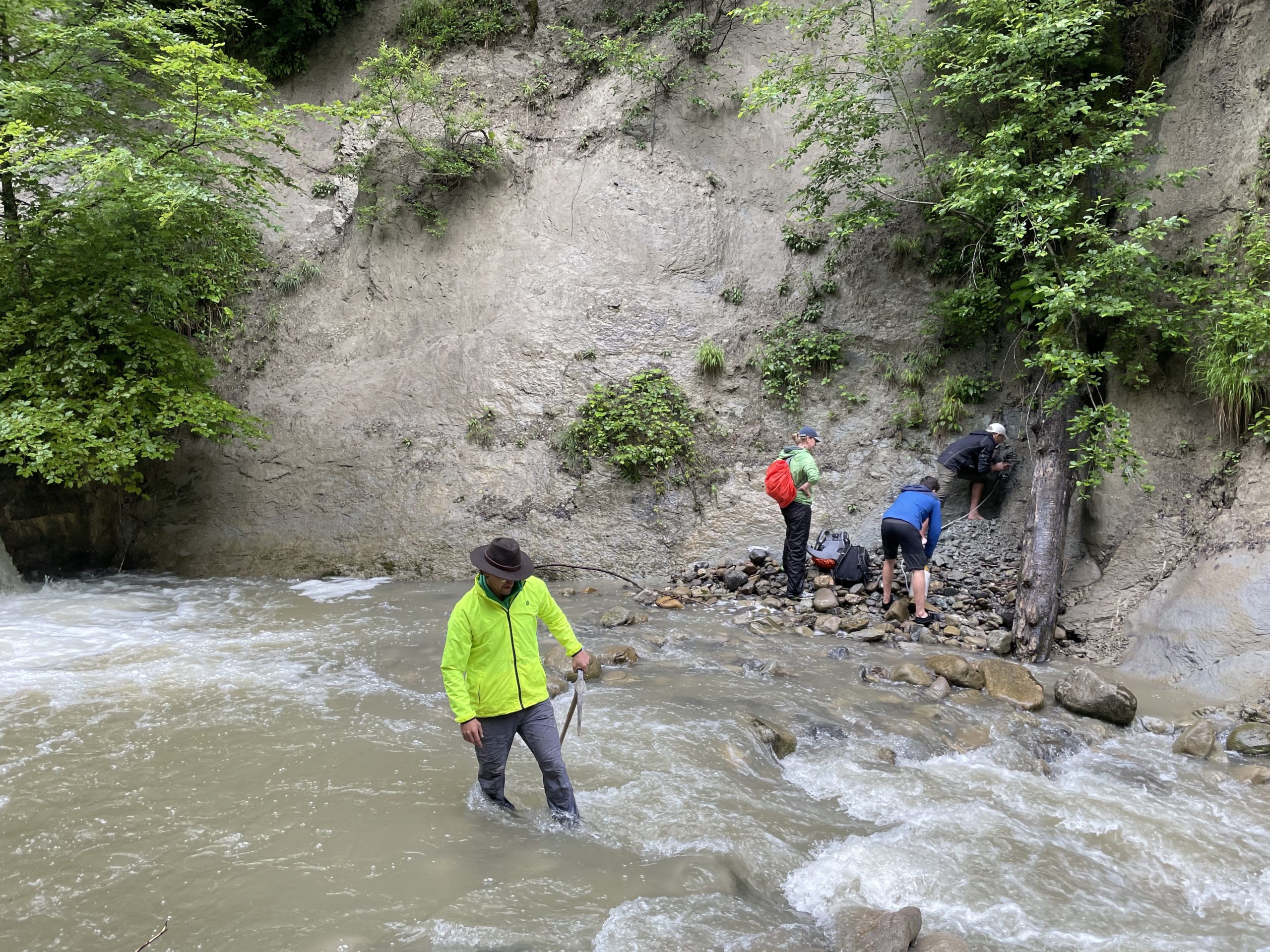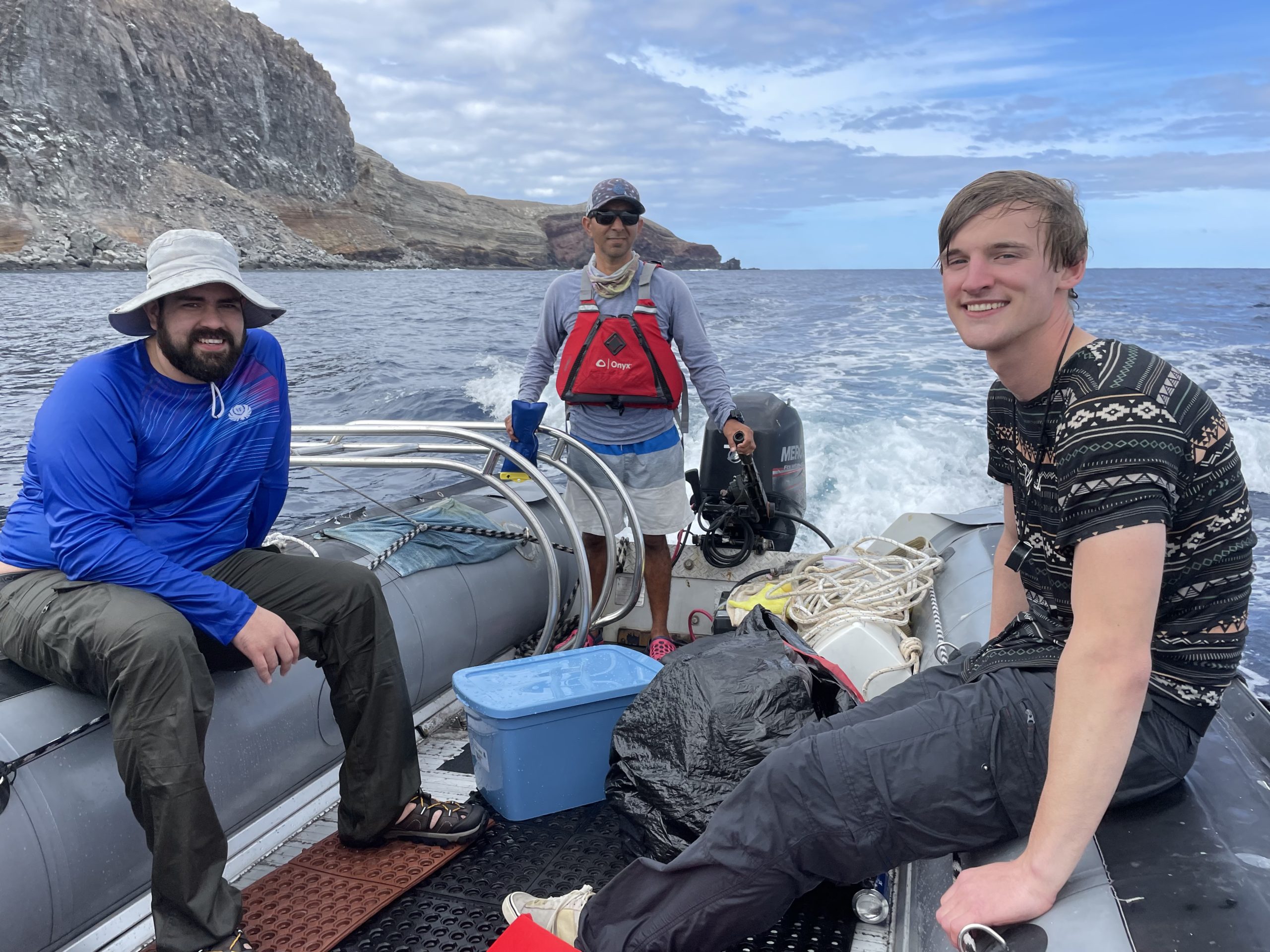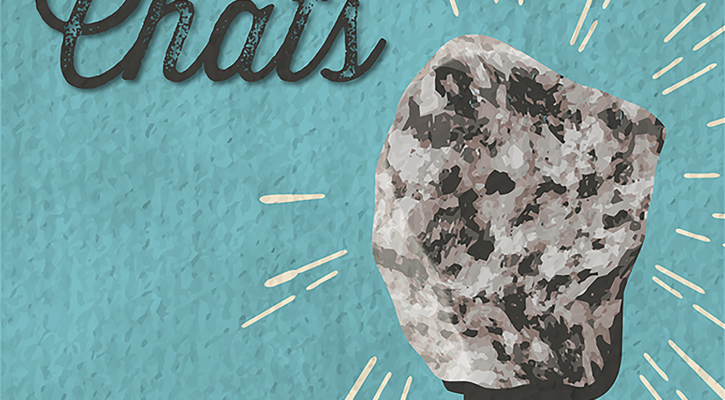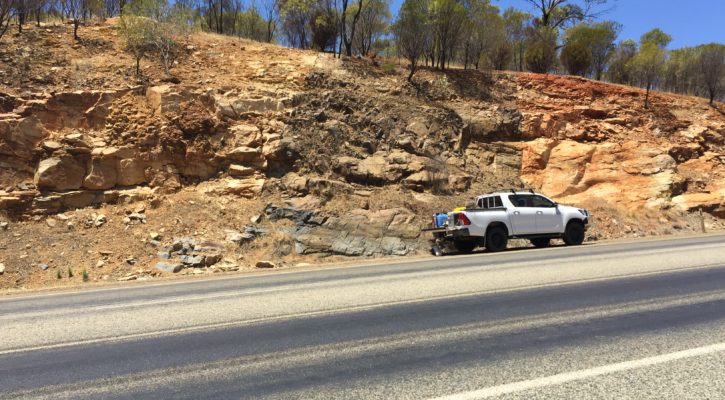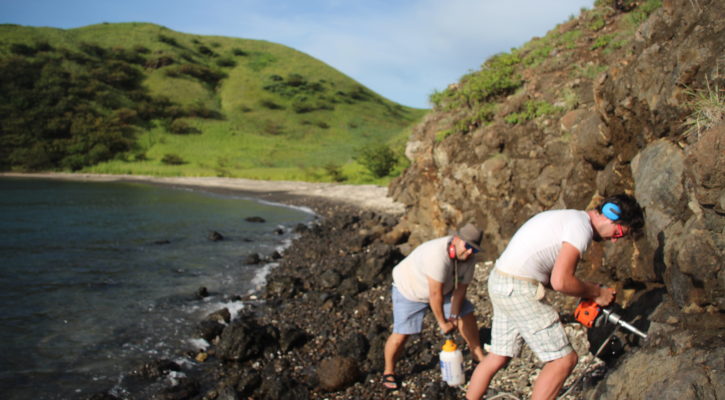Dieke is a master’s student Earth, Structure and Dynamics Masters at Utrecht University, currently working on her graduation thesis in paleomagnetism. Plate reconstructions are essential tools in tectonic, palaeogeography, -climate, -oceanography, and -biology studies. Apparent polar wander paths (APWPs) provide quantitative information to create these plate reconstructions and their calculation requires that the palaeosecular variation […]
paleomagnetism
San Benedicto Island in the Mexican Pacific Ocean: Young phreatomagmatic tuffs and lavas in a volcanic beach paradise with Roberto H. Téllez-Vizcaíno
Roberto Téllez-Vizcaíno has a master’s degree in applied geosciences and is passionate about volcanoes. He will soon be a doctoral student at the Potosino Institute of Scientific and Technological Research. Born curious, his interest in volcanology dates back to his hometown Colima, the place of the Colima Volcano of Fire. He conducted research for his […]
Paleomag[ic]netism with Uwe Kirscher and Ross Mitchell
In this episode Dr B will have a double interview with Dr Uwe Kirscher and Prof Ross Mitchell. Well, actually, to be more precise, Ross started the interview as an Associate Professor and finished it as a Full Professor, that was pretty dope! In the first part of the episode, the fun game of Geopardy […]
Hunting dykes in southwestern Yilgarn craton with Yebo Liu
Yebo Liu is a PhD candidate at Curtin University working with Professor Zheng-Xiang Li. You can read more about his research here. The Yilgarn Craton, the largest Archean continental nuclei of Australia and one of the oldest continental blocks on Earth, is intruded by numerous mafic dykes, which are ideal recorders of palaeomagnetic signals because they […]
Paleomagnetism of Costa Rican Pensinsulas with Erik van der Wiel
Erik is currently a graduate-student in the Earth, Structure and Dynamics Masters program at Utrecht University trying to combine geology and geodynamics. Currently working on his graduation thesis at the paleomagnetic lab Fort Hoofddijk. The Panthalassa ocean, surrounding Pangea, must have been underlain by multiple plates which, at present, have mostly been lost to subduction. […]

